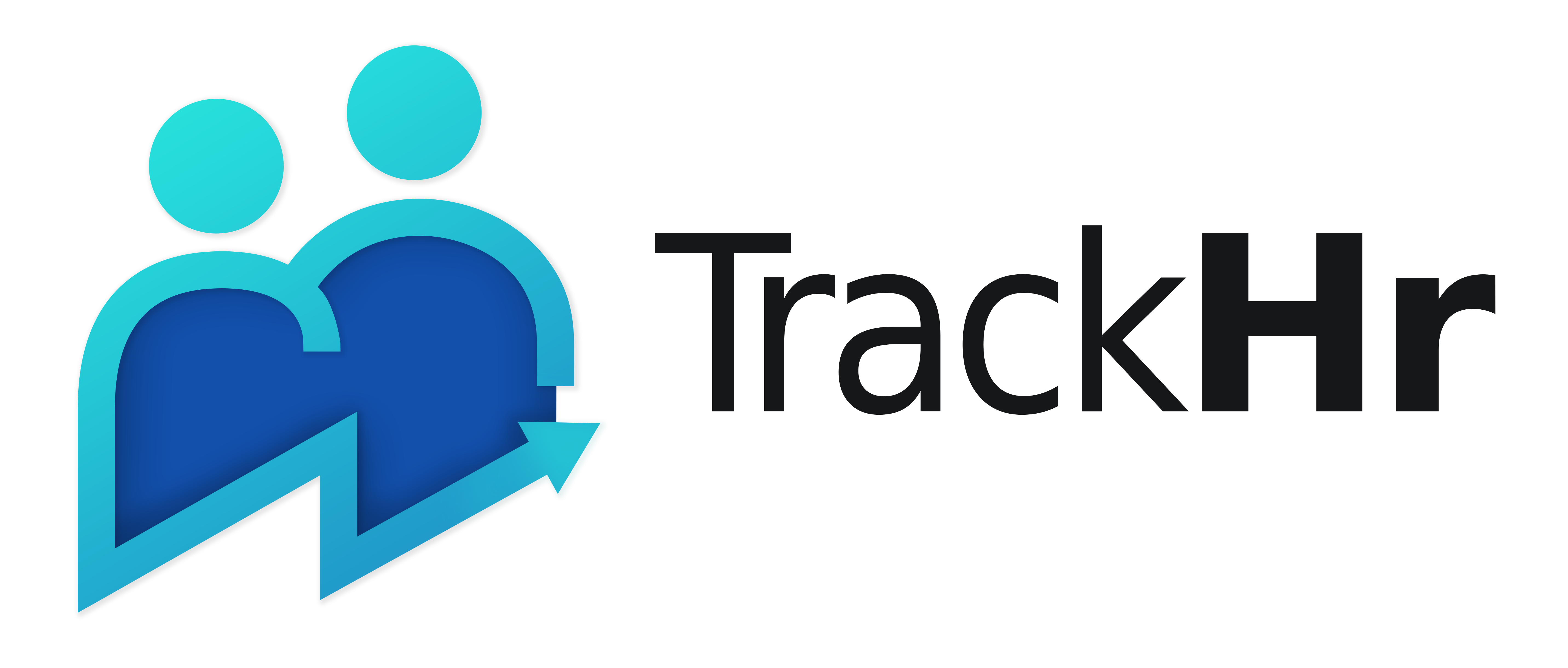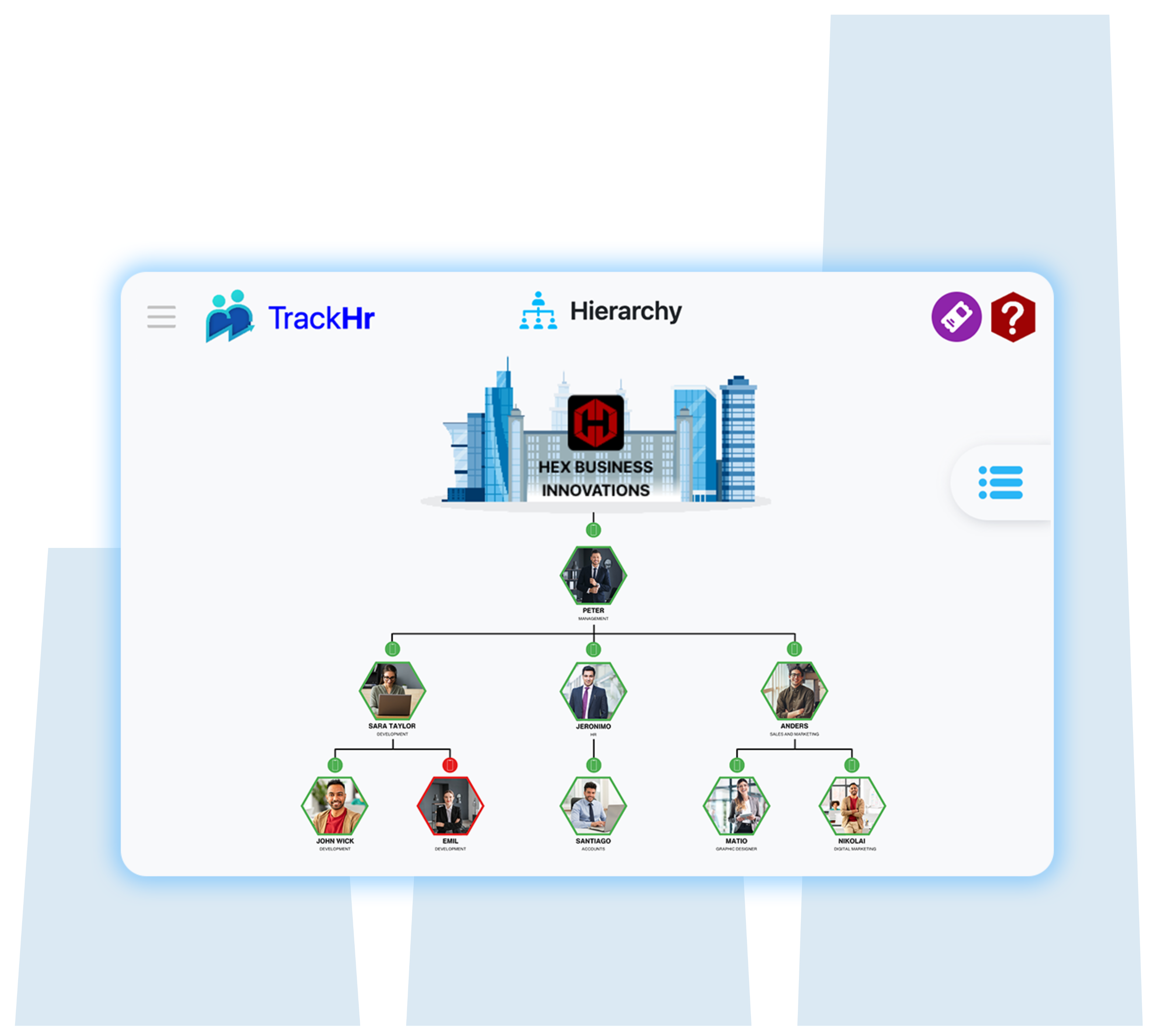Blog
Time Tracking vs. Productivity Monitoring: What’s the Difference?
- April 19, 2025
- 11:41 am
In a world where performance and efficiency drive business success, understanding how your team works is vital. Two tools that often come up in this context are time tracking and productivity monitoring. While these terms are sometimes used interchangeably, they serve different purposes and offer unique benefits. In this article, we’ll break down the differences, explore how each works, and help you decide which approach is best for your organization.
What is Time Tracking?
Time tracking is the process of recording how much time employees spend on tasks, projects, or work hours in general. It’s commonly used to:
Tools Used: TrackHr, Toggl, Harvest, Clockify
2. Data-Driven Insights
- Accurate payroll and invoicing
- Insight into time spent on tasks
- Helps prevent overwork and burnout
Cons of Time Tracking
- Can be seen as micromanagement
- Doesn’t measure output or quality
What is Productivity Monitoring?
Productivity monitoring goes beyond tracking hours. It evaluates the output and efficiency of employees during work hours. This includes:
- App and website usage
- Number of tasks completed
- Goal progress
- Idle vs. active time
Tools Used: TrackHr, Hubstaff, Time Doctor, ActivTrak
Pros of Productivity Monitoring
- Measures both quantity and quality of work
- Identifies distractions and inefficiencies
- Helps with performance improvement
Cons of Productivity Monitoring
- Potential privacy concerns
- Requires careful implementation to maintain trust
Key Differences
Time tracking focuses on how long tasks take and is useful for managing payroll and schedules. In contrast, productivity monitoring digs deeper into the quality and results of those work hours, tracking how effectively employees complete their work.
When to Use Each
Use Time Tracking If:
- You need accurate payroll or billing data
- Your workforce is hourly-based
- You want a basic understanding of how time is spent
Use Productivity Monitoring If:
- You’re focused on improving performance
- You manage a remote or hybrid team
- You want detailed insights into how work is done
Can They Work Together?
Absolutely. In fact, many businesses use both time tracking and productivity monitoring to get a full picture of workforce performance. Tools like TrackHr integrate both functionalities, offering comprehensive dashboards that combine hours worked with output metrics.
5. Integrate Financial Metrics into BPM
Conclusion
Time tracking and productivity monitoring are both valuable tools—but for different reasons. Time tracking tells you how long employees work, while productivity monitoring tells you what they accomplish during that time. By understanding the strengths of each, you can build a performance management system that maximizes efficiency, accountability, and success.
Table of Contents
Exhausted from managing performance management manually?






